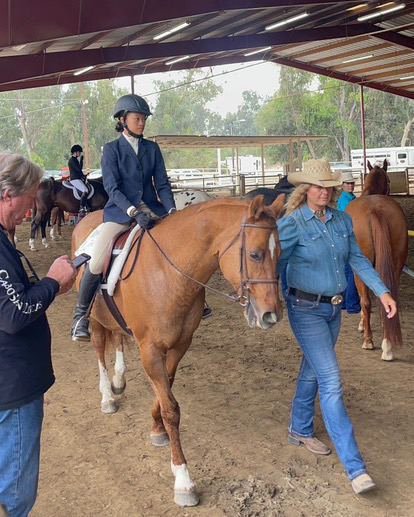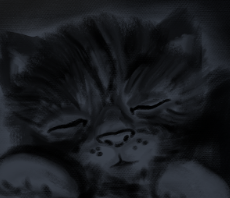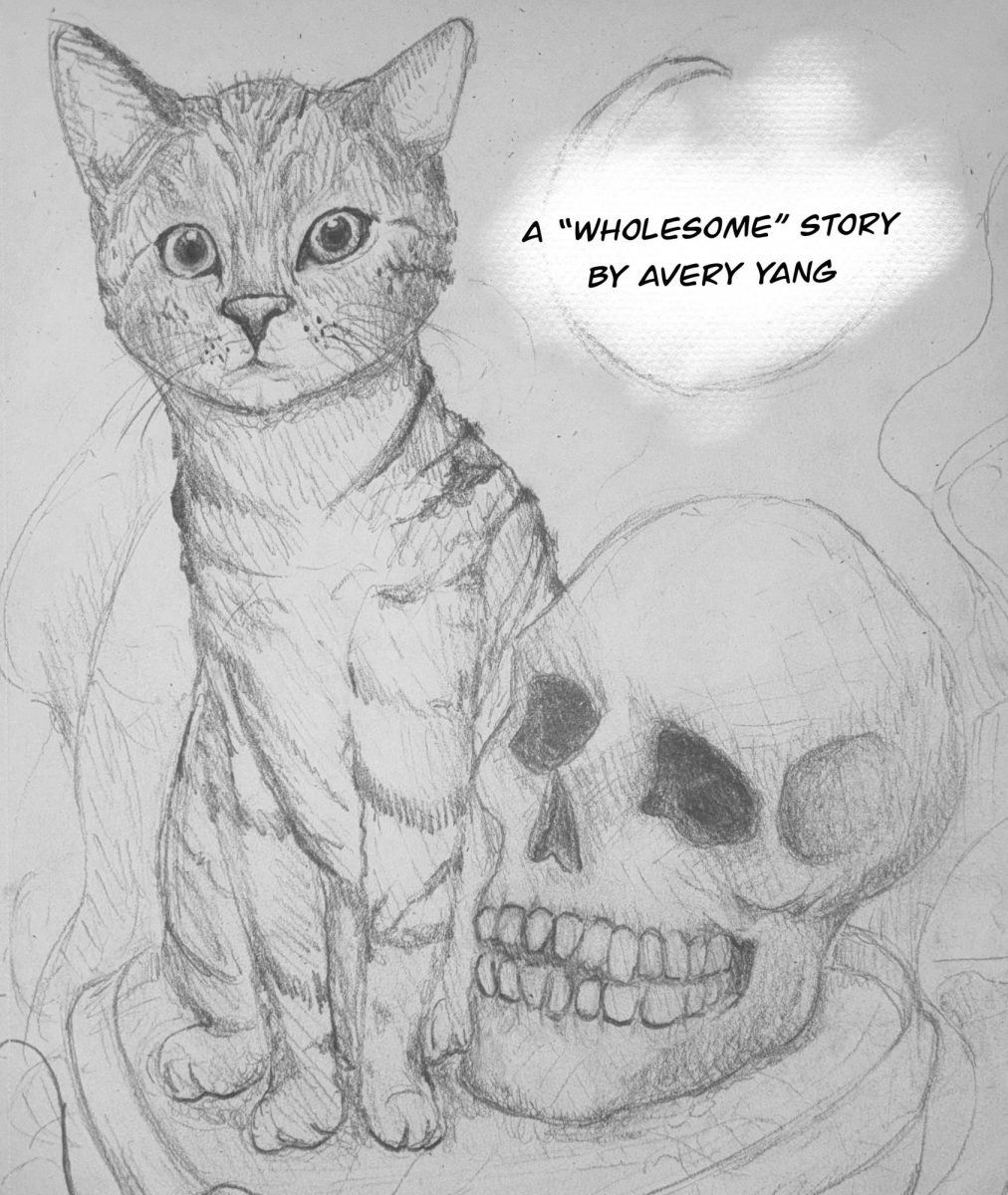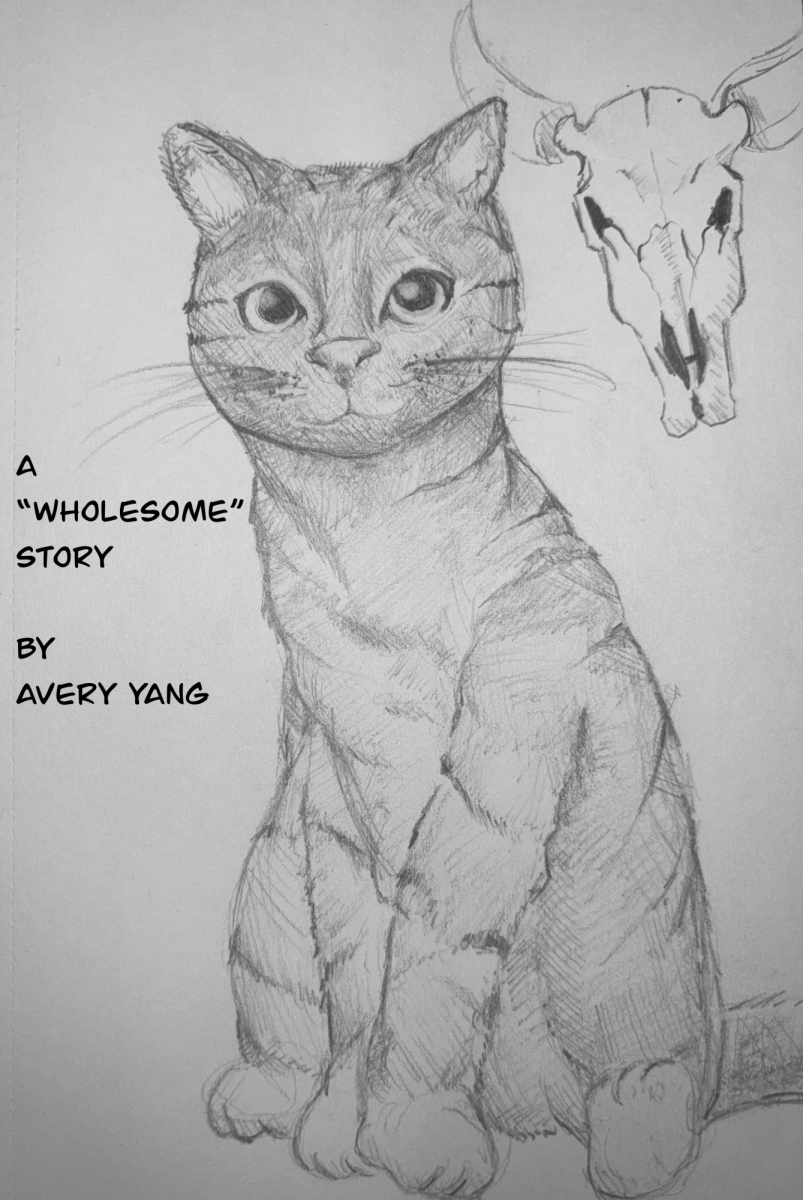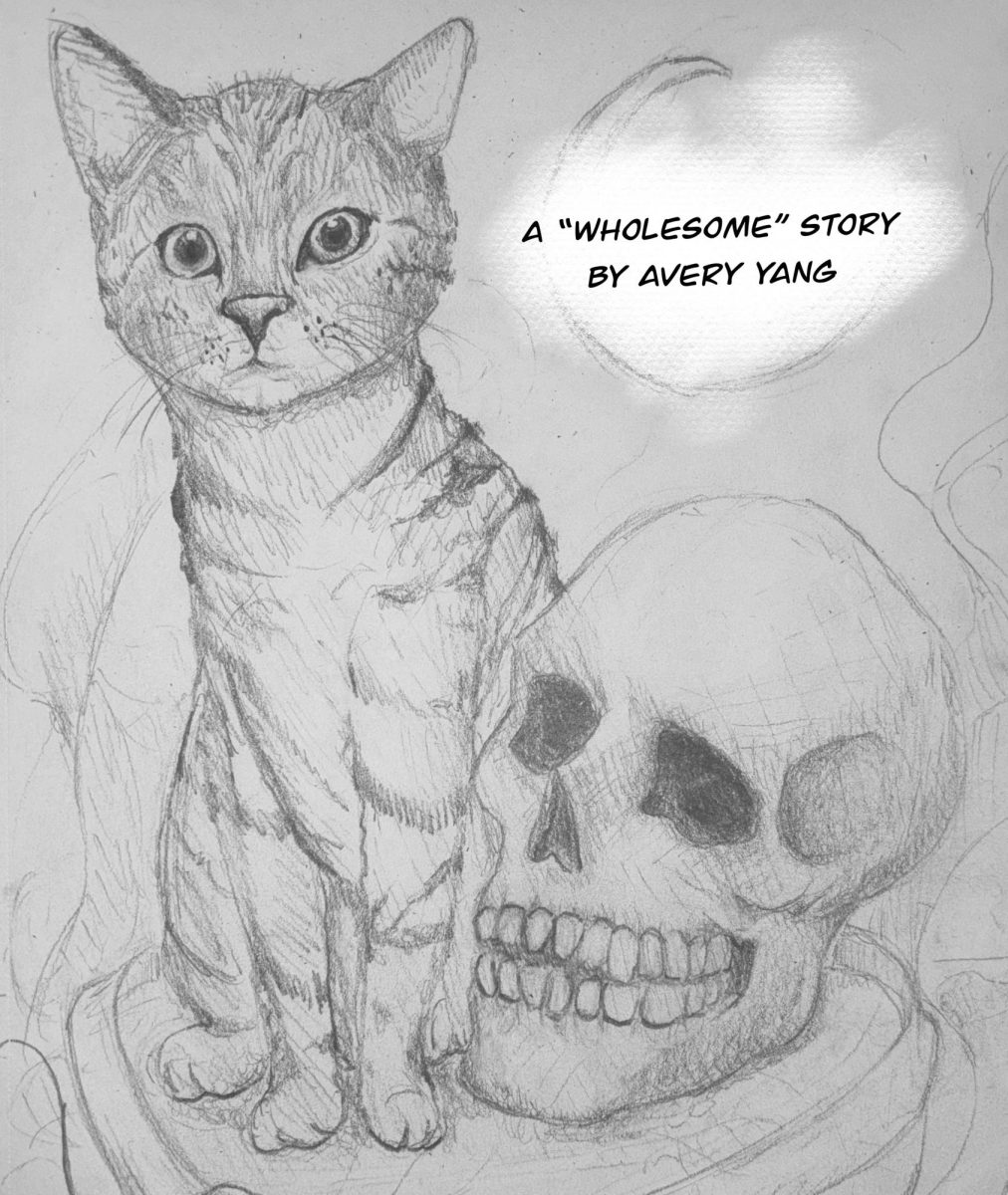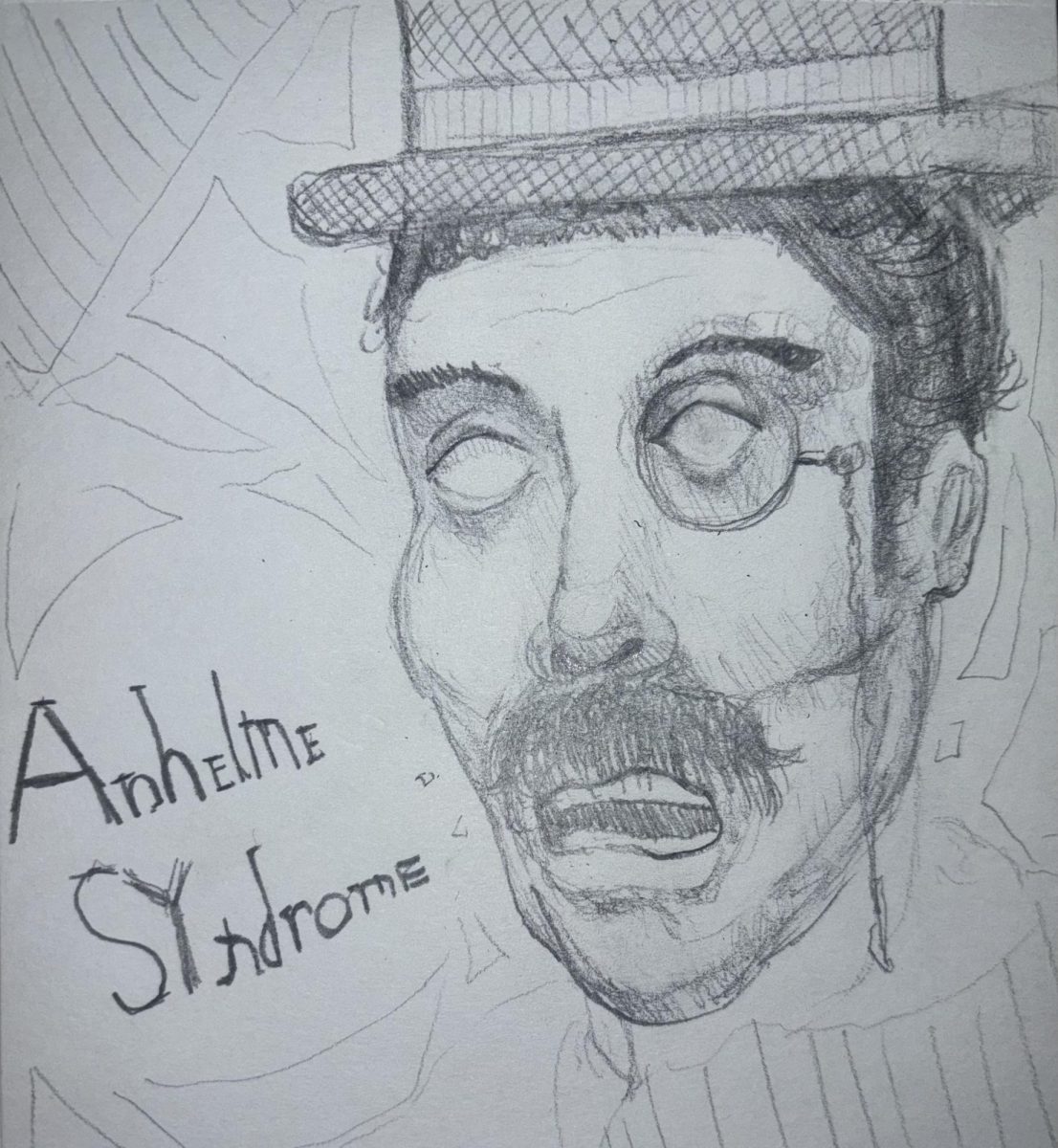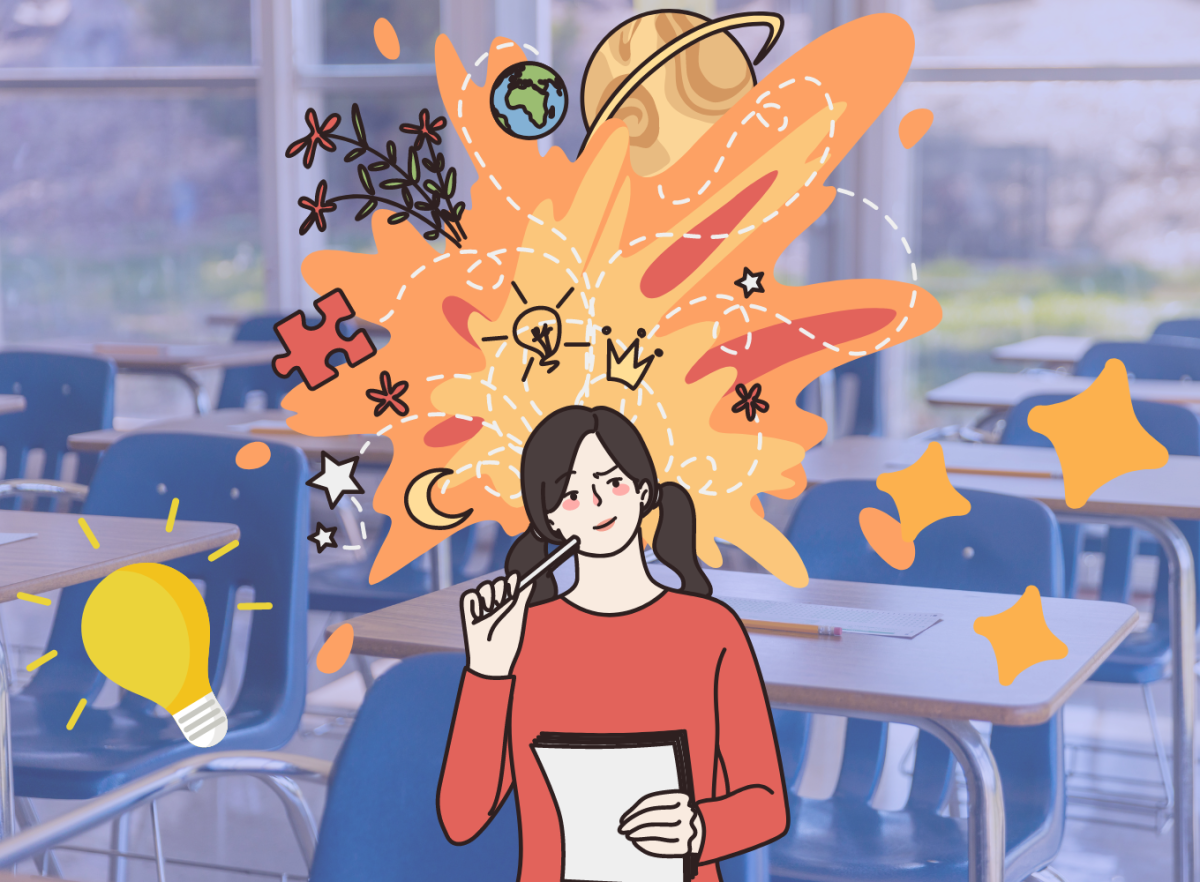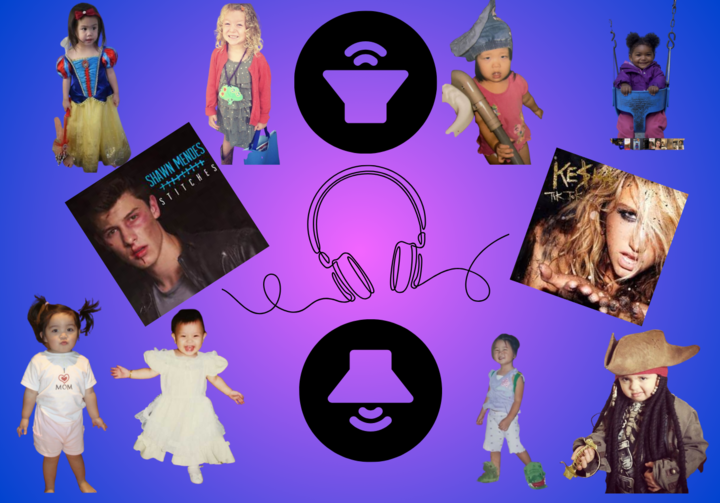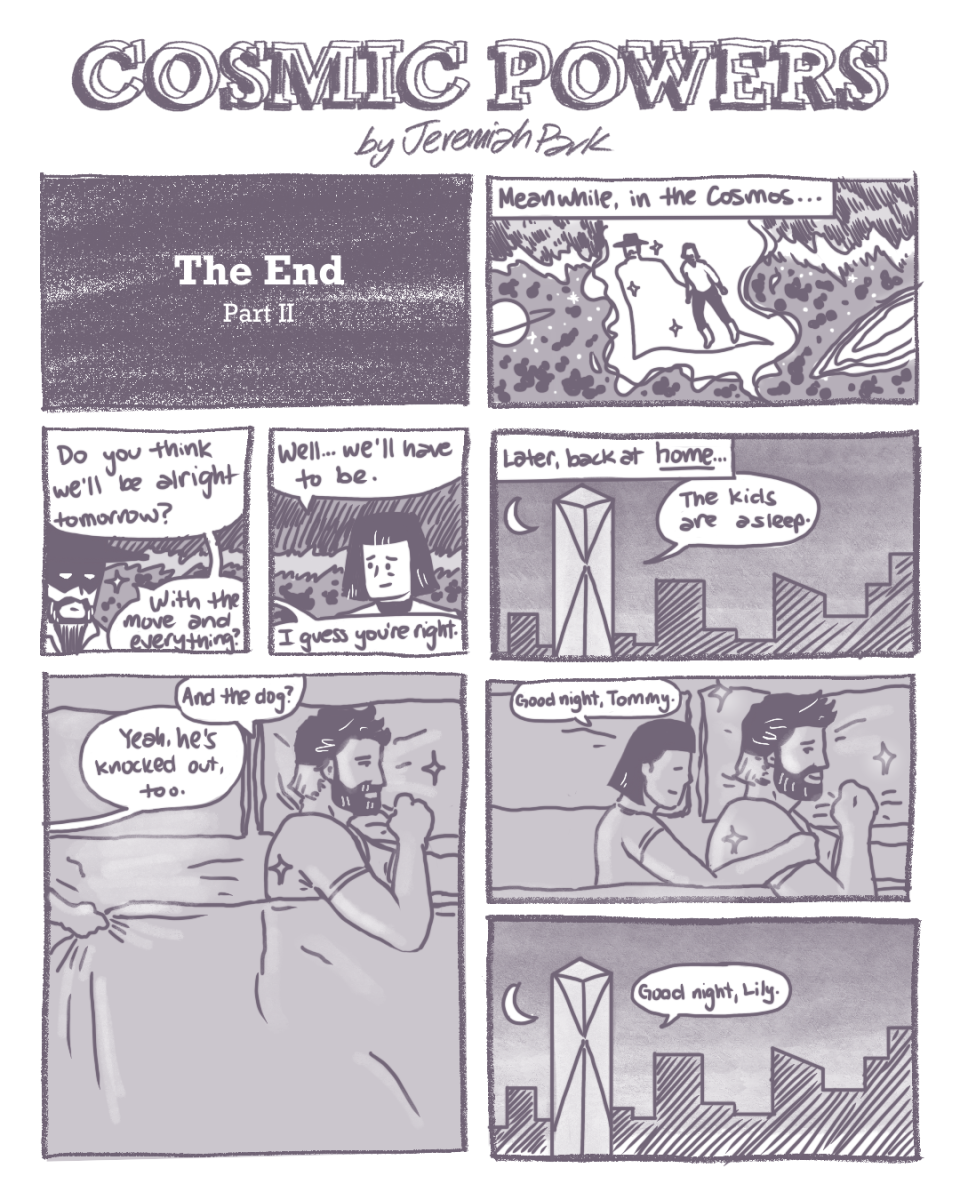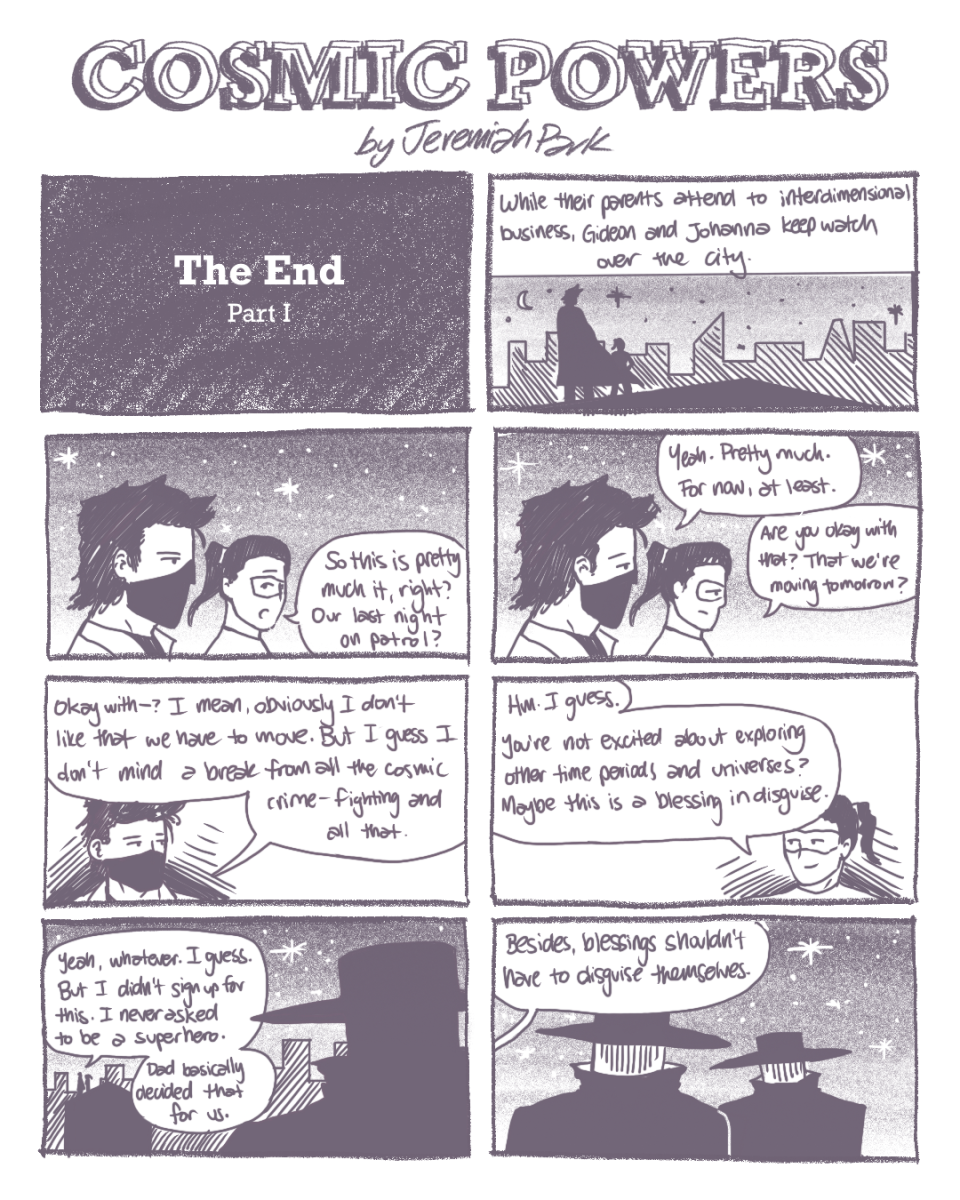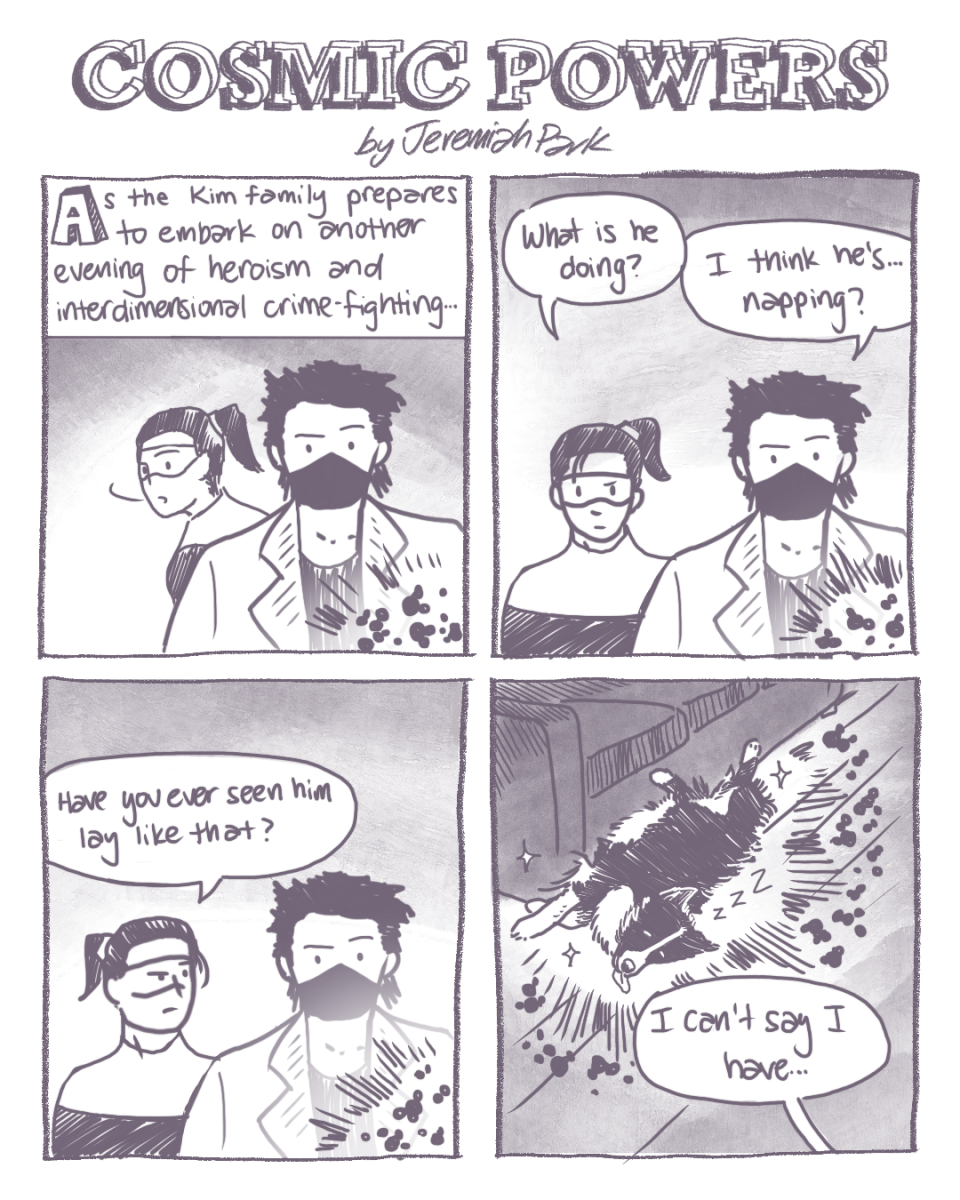Exploring the childishness of today’s teens
Seniors Kirsten Linton (left) and Grace Quinones show off their respective Cars and Paw Patrol backpacks. As part of the recent “inner child” trend, seniors nationwide are choosing to sport elementary-school backpacks to celebrate their nostalgic childhoods.
March 16, 2023
High school and late adolescence is a time of great maturity. From learning to withstand peer pressure to applying for part-time jobs and colleges, students are expected to shed their childish, immature selves and “grow up” into successful adults. Yet, Bulldogs throughout campus—and even teenagers around the world—seem to be embracing their childish sides more than ever. From stuffed animal spirit days and Paw Patrol-themed backpacks to the popularity of kids’ cartoons like Bluey among teen audiences, today’s high schoolers are reluctant to let go of their nostalgic roots.
So what’s with the sudden shift? This newfound childishness can be attributed to the recent trend of embracing one’s “inner child.” While the inner child has existed in psychology since Sigmund Freud’s iceberg theory and Carl Jung’s proposal of the “innocent” archetype back in the 20th century, the pandemic spurred new aesthetics and trends where teenagers and adults dressed like, acted, and even comforted their younger selves.
While it may seem like a trend now, this collective mental regression may also be a trauma response—not only to global trauma, but also to the pressures that force its youth into rapid maturity. In a post-pandemic world, which forces children to mature prematurely yet regress at the same time, coupled with the societal pressures to “grow up” and the academic pressures to succeed, the inner child is constantly neglected in favor of maturity.
“In Ayala especially, the culture is so focused on success,” said AP Psychology teacher Ms. Jennifer Puente. “They’re so dialed into ‘I gotta go, I gotta succeed. I gotta be better,’ and nobody knows how to just be anymore. And that’s a lot of what being a little kid used to be all about.”
“We’re told to toughen up quicker by the people we’re around or the environments we’re in,” added senior Autumn Velarde. “And often we abandon that inner child. We leave it to fend for itself.”
The neglect of the inner child can also be attributed to the societies our parents and grandparents were raised in. Previous generations had a much more rigid definition of “adulthood” that children were expected to conform to, whether by circumstance or societal expectations.
“Mothers in the 1980s were expected to grow much more than they are in the past and nowadays, because they were expected to be the mothers and housewives,” said senior Juniper Witt. “So they put that pressure onto their older daughters because [we still live in] a sexist society where women are expected to take care of men or their kids.”
Unfortunately, this has not only contributed to the general stigma towards childishness, but has also perpetuated a generational trauma of sorts as well. As generations of families fail to meet the needs of their inner children, they struggle in adulthood with emotional control, healthy coping mechanisms, or maintaining good relationships.
“There’s a psychology theory called the secure attachment theory, and it all stems from how our caregivers show us comfort and acceptance. Who we are as an individual, how we relate to other people, how we handle relationships, can all circle back to those early times as a child and whether or not we felt cared for and attached,” said Ms. Puente. “And sometimes if your inner child’s needs aren’t met, we all can make some bad choices in the hopes of making ourselves feel better.”

As such, parents suffering from their inner child’s unmet needs unknowingly push their underdeveloped coping mechanisms and immaturity onto their children, in turn forcing them to adopt the “caretaker” role and suppress their own inner child as well.
“My mom acts like a child sometimes. Sometimes she gets mad at me for things, and I have to be the bigger person and not become mad, and try to comfort her,” said sophomore Laura Guo. “I’m the child in this household. I’m not supposed to be doing that.”
Neglecting the inner child is akin to neglecting happiness and genuine joy, which can lead to a dreary outlook towards life. Society’s definition of “adulting” is to take every part of life seriously, and with how the world is right now, that can easily lead to a sense of hopelessness and despair. But while growing up is still a major milestone in life, indulging in this younger self isn’t exactly a bad thing, either.
“You have to grow up and come to terms with things, but that doesn’t mean you can’t enjoy the things that make you happy,” said Velarde. “But accepting that the world is a sad and terrible place, or denying your own happiness, will lead to this cycle of despair and self-denial.”
Luckily, our generation has recognized the importance of self-care and being kind to all parts of ourselves—whether from the past, present, or future—and realizing that there’s a balance between living seriously and self-indulgent joy. Adolescents are now realizing that happiness comes from shamelessly enjoying the things they love—childish or not.
“As horrible as the pandemic was, I think it also made [teenagers] a lot more aware of taking care of themselves and recognizing that there’s some things that make you feel good, and it’s okay [to] do that,” said Ms. Puente. “I mean, the number of people that started showing up to school with plushies, coming to school in their pajamas—there’s just something about it that feels like, ‘Okay, I can be light and airy, and not feel as heavy.’”
Healing and celebrating the inner child is just that—shedding the weight of expectations and adulthood, and allowing oneself to live in the present, just for a moment. It’s allowing oneself to revel in the simplicity of life itself, to embrace the nostalgic, vivid colors in which our childhood selves saw the world once more.
So don’t be afraid to be selfish once in a while. Don’t be afraid of playing with Legos, getting ecstatic over smiley faces and stickers, of dancing in the rain and wearing onesies to class.
“Bring plushies, sing terribly with friends, watch cartoons just to feel the nostalgia of being young, whatever makes you happy,” said Velarde. “Because the inner child means happiness, and we all deserve to be happy.”


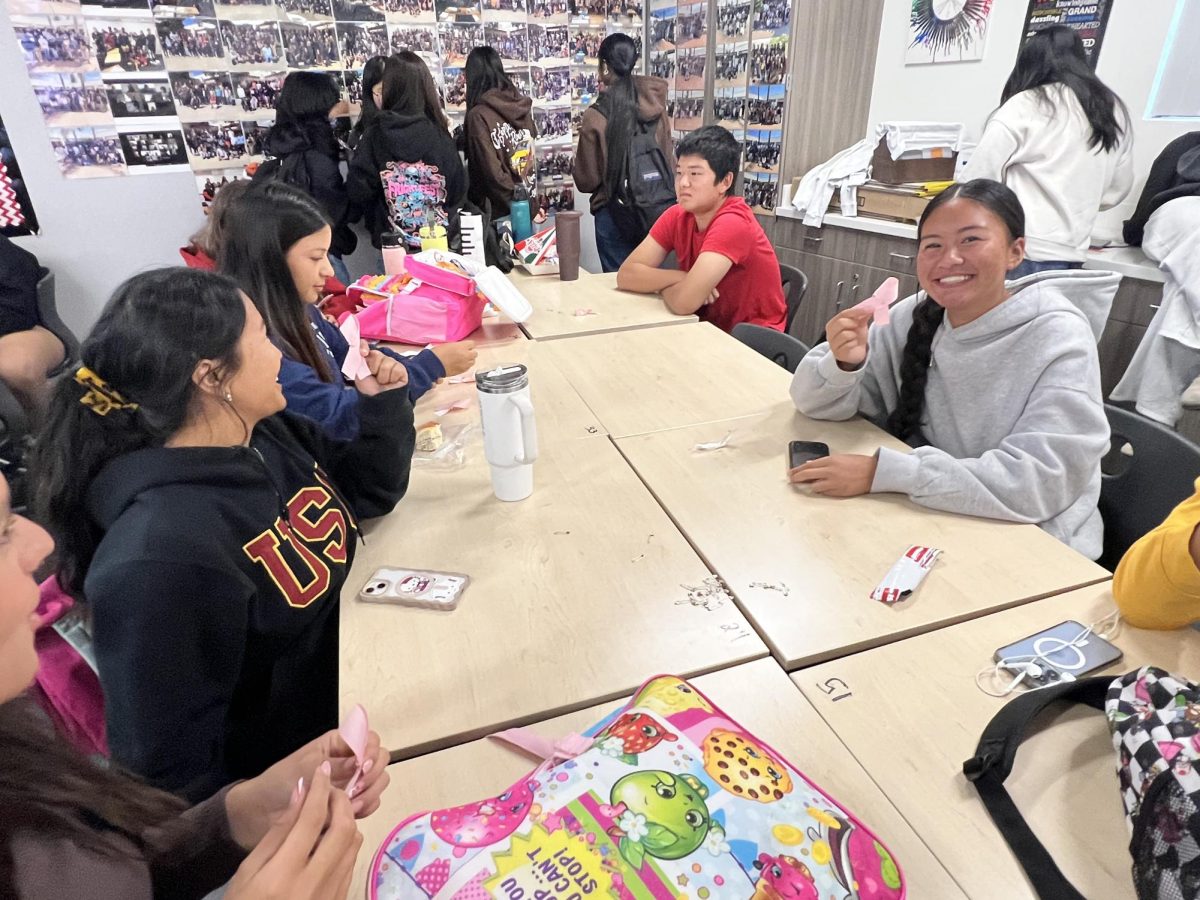




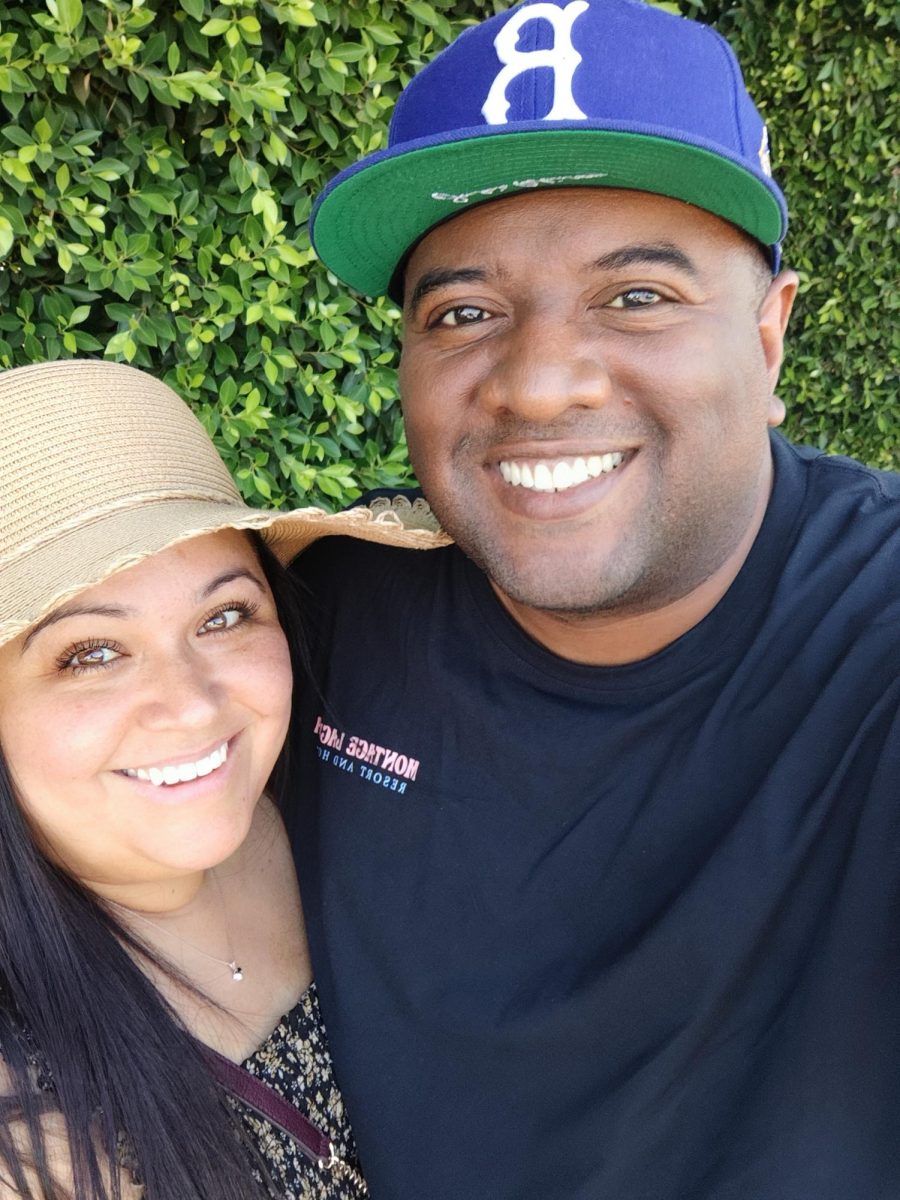
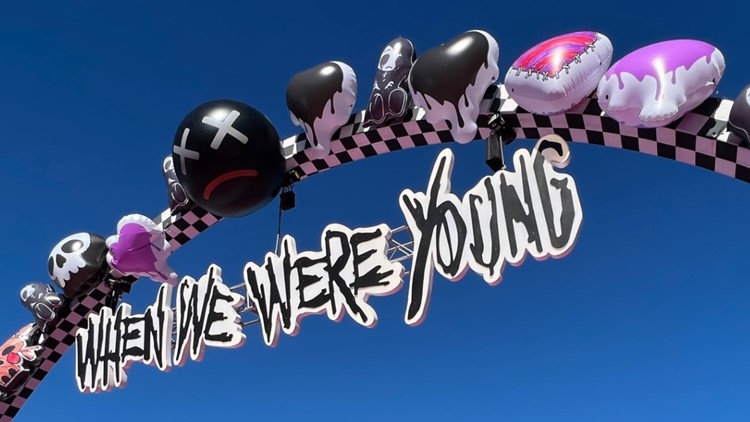


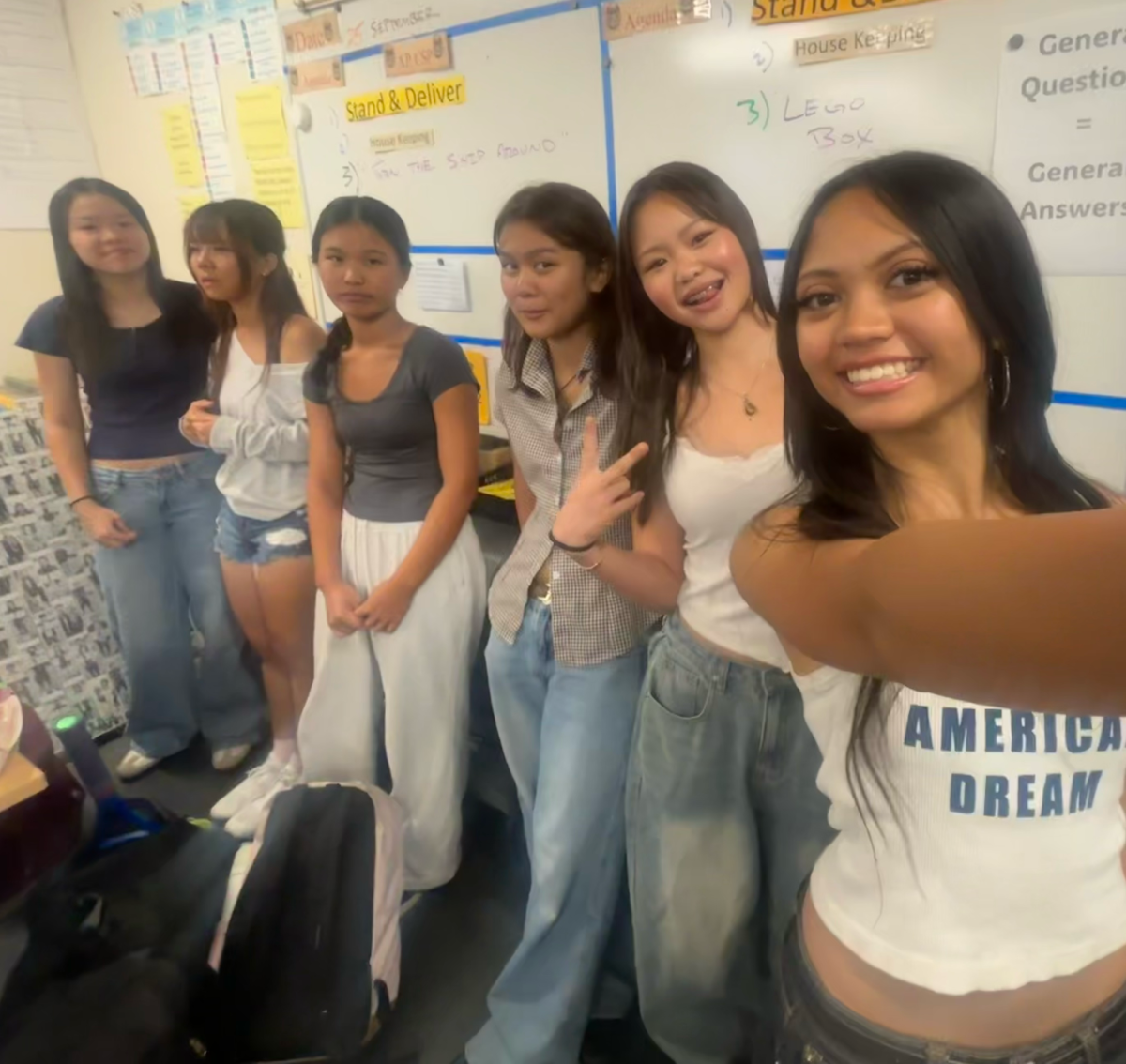









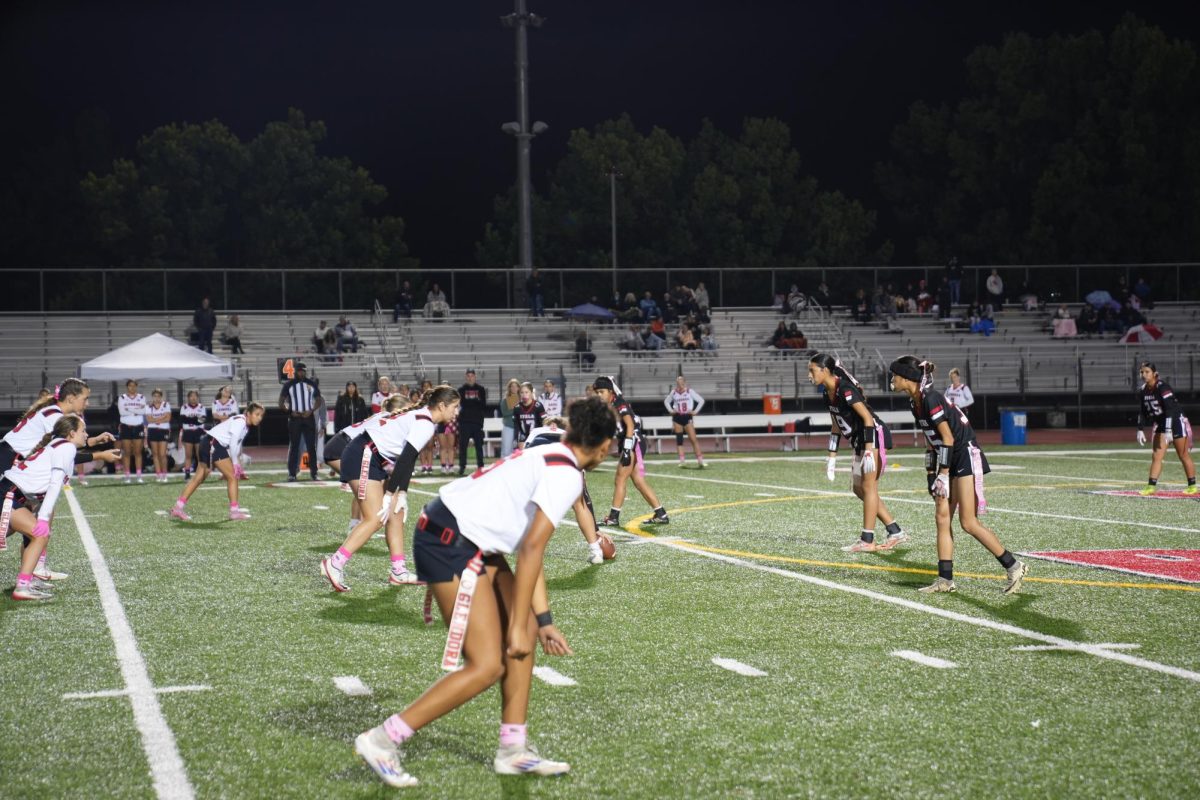
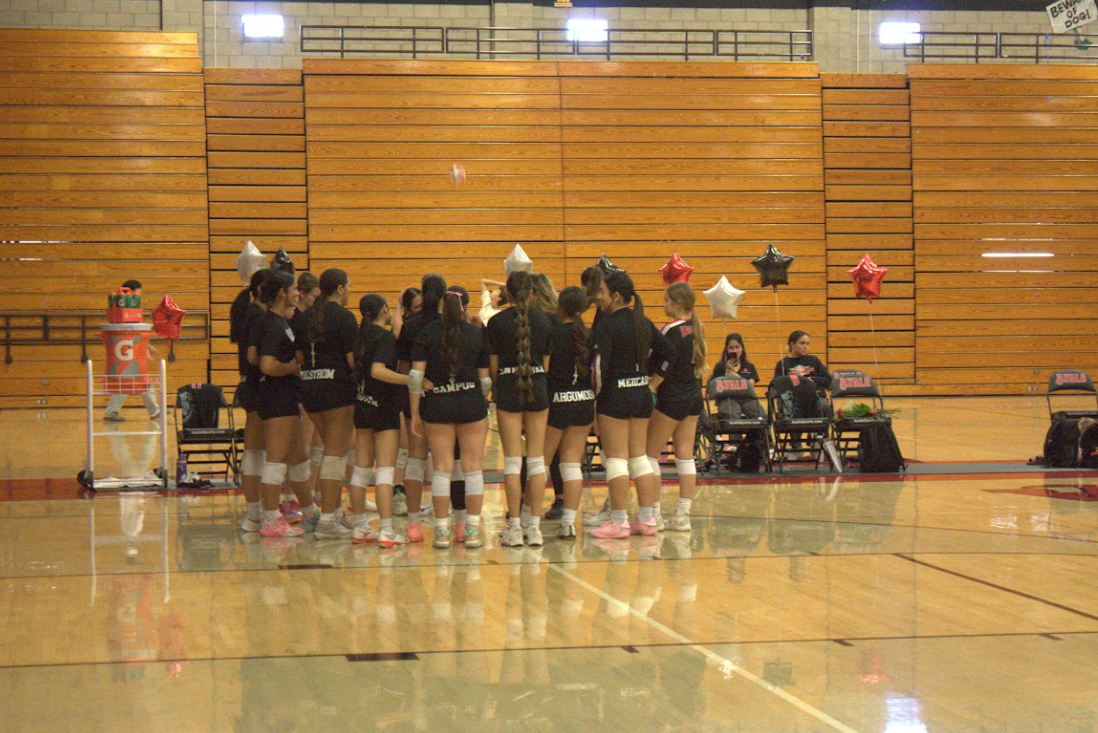



![“I'd say [this season was] successful because I didn't really think I was going to really play much because I'm a freshman. But my coaches took the time and believed in me,” Jonah Boyd (9) said. As a freshman, Boyd has already achieved great success during his first year on the boys Varsity baseball team.](https://ayalabulldogtimes.org/wp-content/uploads/2025/05/IMG_1598-1.jpeg)

